Brand Stories: 5 Compelling Examples That Sell Themselves
Part 1. (see Part 2 here)
Once upon a time, there was a brand that told its very own compelling story. It had a beginning, a middle and an end. It was the story of how it adds value to people’s lives, how it uniquely solves a problem, how it authentically reaches people, builds an emotional connection with them and gains their trust.
“It makes “selling” a whole lot easier when your customers actually understand what they’re buying.” (And why). – Kelly Lucente, author |
In fact, that’s what all good brand stories do, from “Goldilocks and the Three Bears” to iconic brands like Apple and Virgin Group.
- Beginning: Problem. Explain the problem that you set out to solve.
- Middle: Solution. Describe how you solved it.
- End: Success. Get excited about the success this produced.[1]
“It’s not that I’m so smart, it’s just that I stay with problems longer.” – Albert Einstein |
It’s no coincidence that some of the world’s most powerful brands are ones that have successfully told their brand stories in a relatable human, non-corporate way so that customers embrace it and are keen to continue sharing that story via world of mouth.
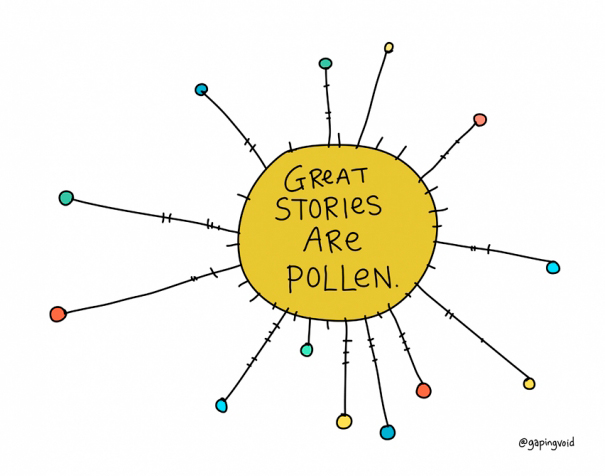
Image via Gapingvoid, © Hugh MacLeod
“A story is how we construct our experiences. At the very simplest, it can be: ‘He/she was born, lived, died.’ Probably that is the template of our stories – a beginning, middle, and end. This structure is in our minds.” – Doris Lessing, author |
Here we take a closer look at 5 great brand story case studies to see who nailed it, how, and why. SMEs / SMBs can successfully apply many of the universal lessons learned here to smaller brands. The key learning for a company of any size is to remain sharply in focus on: “What are we for? What problem do we solve?”
5 Great Brand Stories that Sell Themselves
Brand: Airbnb
Backstory:
“In fact, by conventional wisdom, it seems like a pretty dumb idea. Who would want to rent spare rooms to strangers from strange cities in their homes? And would you rent a room in someone’s house, instead of a hotel?” in 2011, the technology journalist Om Malik probed for answers to such basic sharing economy questions as he interviewed Brian Chesky, CEO and founder of Airbnb.
Problem:
A housing problem occurs when cities sell out during high demand periods. The idea came to Chesky and his college buddy who had a couple of air mattresses to rent out when conventions put too much demand on hotels in San Francisco. That grew to the idea of booking a room anywhere for as short as one night.
Solution:
“Live like a local,” is the Airbnb story for this online service that matches people seeking vacation rentals and other short term accommodation needs with hosts who have rooms, apartments, houses or other unique spaces to rent.
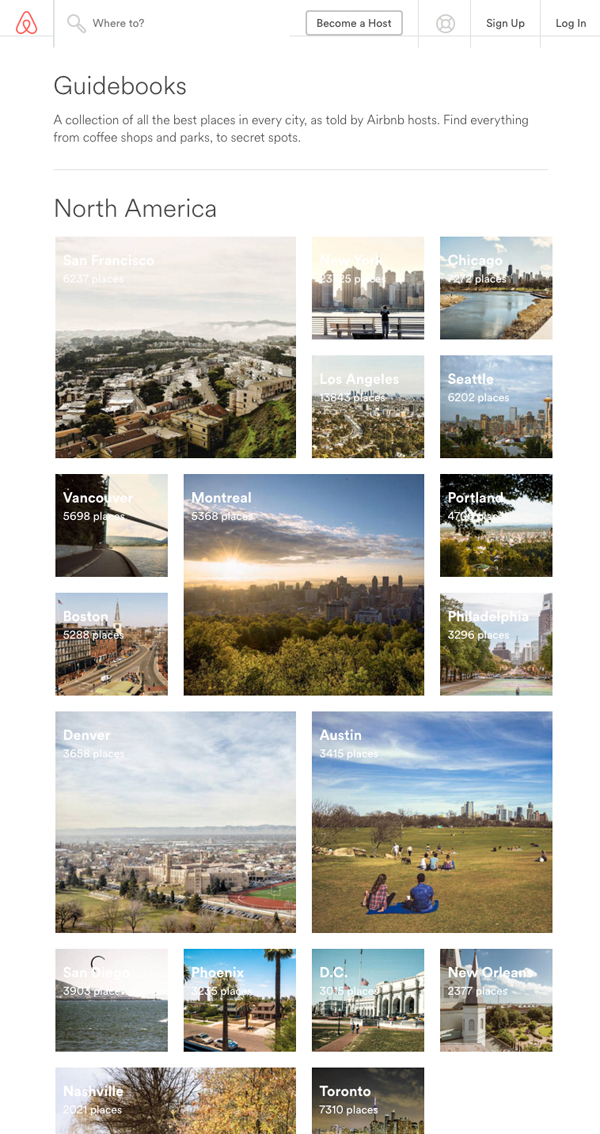
Image via Airbnb
Success:
Airbnb caught the wave of both the sharing economy and online commerce. In 2016, Airbnb grew at a faster rate than the entire hotel industry, offering 2.3 million housing units in its inventory.[2] The 8-year-old company has a valuation of $30 billion.[3]
Takeaway:
Classic design approach. Think through the customer experience, even before they arrive. “Become the patient is a core value,” says Joe Gebbia, Co-founder Airbnb.[4]
Brand: Amazon
Backstory:
Customer-driven Amazon.com sold its first book online in 1995, and since then has defined and redefined online retailing for the rest of the Internet retail world.[5] Amazon’s mission statement reads: “Our vision is to be earth’s most customer-centric company; to build a place where people can come to find and discover anything they might want to buy online.”[6]
Problem:
Electronic shopping looks to fill the void of shopping by catalogue as the popularity of the internet explodes.
Solution:
Working from in his Bellevue, WA garage in 1995, Jeff Bezos identified five products to sell online: CDs and videos, computer hardware and software, and books. Beginning with books, Bezos focused his new avenue for commerce on the web on search, the customer experience and fast delivery.
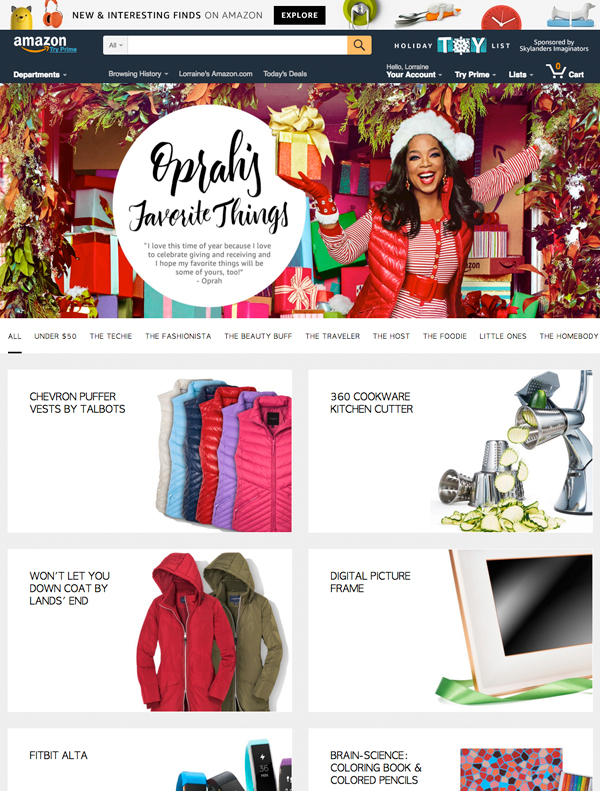
Image via Amazon
Success:
One of the top five U.S. companies[7], Amazon attracts over 140 million customers per month to its US website as of late 2016.[8] With 36 sub-brands in 13 countries, in 2015, Amazon became the nation’s most valuable retailer. [9]
Takeaway:
Experiment, measure, experiment, measure…repeat. “If you double the number of experiments you do per year you’re going to double your inventiveness.” – Jeff Bezos, Amazon Founder and CEO.
Brand: Dollar Shave Club
Backstory:
In 2012, Co-founder Michael Dubin personally introduced his product in a humorous video produced for only $4500, which launched on YouTube and went viral. Nearly 24 million views later, see how well the video lays out the problem and the solution.
Problem:
Razor blades are way too expensive. They’re loaded up with unnecessary technology, locked away on the shopfront floor, and carry too much costly packaging and advertising overhead.
Solution:
“Shave time, shave money.” A low-priced, convenient, internet-based subscription model mails razors right to the customer’s door, disrupting giant retailers in the men’s shave market.
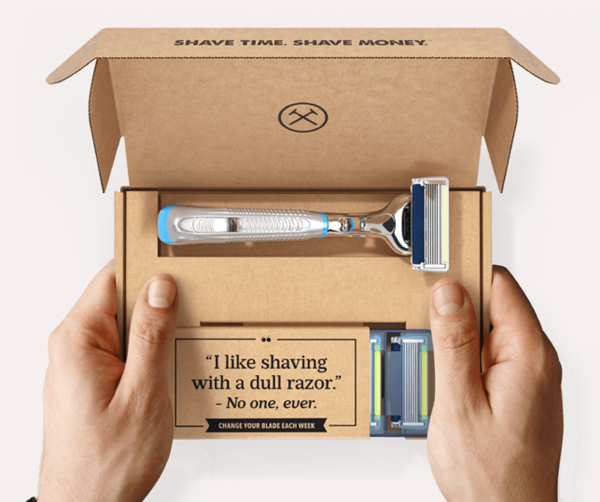
Image via Dollar Shave Club
Success:
In year one, Dollar Shave Club did $4 million in sales. Year two was $19 million and year three was $65 million.[10] In 2016, Unilever purchased Dollar Shave Club for $1 billion to challenge Procter & Gamble’s Gillette, the market leader.
Takeaway:
A message for challenger brands: “One category after another is being transformed by new brands as consumers demand more personalized offerings.”[11]
Brand: Facebook
Backstory:
Founded in 2004, Facebook’s mission was to give people the power to share, to make the world more open and connected through friends and family, to discover what’s going on in the world, and to share and express what matters to them.
Problem:
Facebook is about to reach its teen years. How can the blistering pace of growth to 1.59 billion users be sustained?
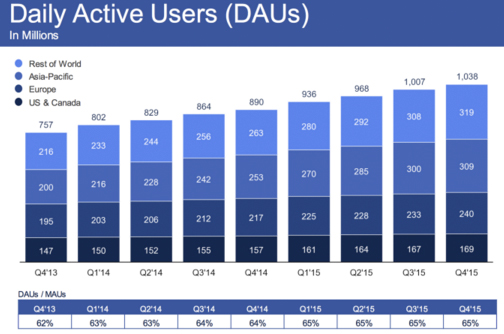
Image via TechCrunch
Solution:
Although Facebook is hitting saturation in some markets, there’s room to grow in many developing countries. In 2016, Mark Zuckerberg expressed his vision for Facebook’s future at the annual developer’s conference: “Over the long run, we’re building planes and satellites to connect everyone to the internet; artificial intelligence to help us interact with services more easily; and virtual reality to help us experience the world in a totally new way.”
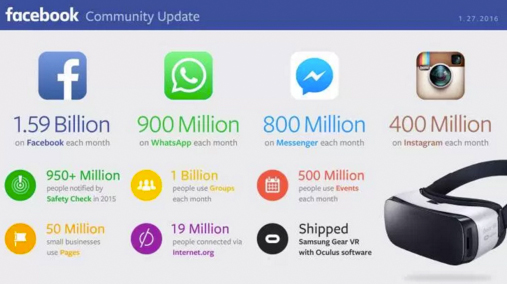
Image via TechCrunch
Success:
There are another 900 million users on WhatsApp, 800 million on Messenger, 400 million on Instagram, all Facebook properties. Revenue generated from mobile ads jumped 80 percent in the second quarter, faster than Facebook’s overall 59 percent advertising growth rate.[12]
Takeaway:
Listen to Mark Zuckerberg talk about the low points in Facebook’s young life. Learn. Evolve. Grow. Rebrand.
Brand: Guinness
Backstory:
“How does a local brand from a small country resonate around the world? How does a brand become inherently part of a nation’s DNA? How does a brand instil pride in it’s country people even though not everyone wants to drink it?…I love the brand, not the product. Walk through the city centre in Dublin any morning, any day of the week and you’ll experience the smell of Dublin, barley roasting in the Guinness Brewery at St James’s Gate, where Guinness has been for over 250 years. You can smell it all over the city. It defines the city.”[13]
Problem:
1759 was a long time ago. The brand has a devout cult following. But it also has a corporate owner. How can Guinness connect with each new generation? Can the brand stay young, fresh, innovative? Can Guinness shore up sales as small craft brews gain in popularity?
Solution:
“Our Story” figures prominently on the Guinness website. With a 90-second ad, Guinness turns the problem into a solution by positioning themselves as legendary, almost mythical. The video takes us behind the brewery gates for an inside look. “We’re only 255 years into a 9,000-year lease,” Irish actor Cillian Murphy says in a lilting voiceover. “We have a lot more beer to make.”
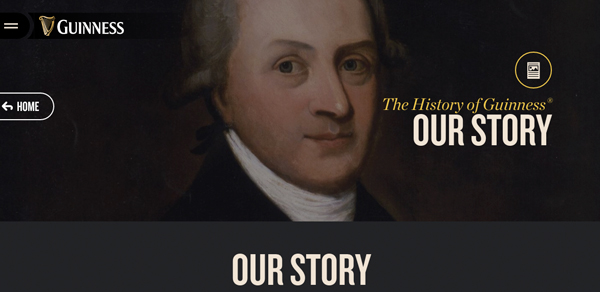
Image via Guinness
Success:
Guinness defines the category and remains the top producer of stout on the planet. One of only a few truly global beer brands, Guinness sells over 2 billion pints every year in over 150 countries.
Takeaway:
Deliver a sense of place for your brand by sharing the insider’s story. “Our greatest work is yet to come,” provides a sense of anticipation…watch this space, it suggests, allowing customers to peek at tomorrow.
https://www.youtube.com/watch?v=_nXEDZ4Ru2I
De-Mystify the Black Art of Branding
Successful brands stand out by telling great stories. To earn a strong and positive position in the minds of your customers, your message must be both simple and focused. What takeaways, tips, questions, checklists, insights, and facts can you take from these compelling brand stories and apply to your brand?
If you’re struggling with writing and choosing the golden nuggets of your compelling brand story then the Persona Brand Building Blueprint™ Mastermind is the perfect fit for you. You see, there are ten key areas we focus on during this two day brand building intensive all of which are fully immersive and strategic in nature. Your brand story is one of the core areas of immersion.
If you want to transform your brand and increase your sales then this two day intensive shared with a small group of like-minded peers is a must for you so you can take your brand further, faster.
More information and registration for the Persona Brand Building Blueprint™ Mastermind can be found here.
Six Questions For SMEs / SMBs to Consider About Brand Stories
- Have your defined your brand’s story and found a compelling way to share it with your customers and potential customers?
- Does your brand story present and solve a unique problem?
- Is your story told in an authentic human voice rather than a corporate one?
- Is there an emotional connection in your brand storytelling?
- Does your brand story have a beginning, middle and an end? Lastly, is there a call to action?
- Have you considered getting input from your customers to help you determine your brand messaging? Their feedback can help you clarify and define the voice behind your company.
[1] https://blog.kissmetrics.com/create-authentic-brand-story
[2] http://archives.sfweekly.com/thesnitch/2016/05/25/airbnbs-enormous-success-is-bigger-than-you-think
[3] http://www.wsj.com/articles/airbnb-raises-850-million-at-30-billion-valuation-1474569670
[4] http://firstround.com/review/How-design-thinking-transformed-Airbnb-from-failing-startup-to-billion-dollar-business
[5] https://www.thebalance.com/amazon-mission-statement-4068548
[6] http://www.fundinguniverse.com/company-histories/amazon-com-inc-history
[7] http://www.cnbc.com/2016/09/23/amazon-climbs-into-list-of-top-five-largest-us-stocks-by-market-cap.html
[8] https://siteanalytics.compete.com/amazon.com/#.WBva-2QrJdg
[9] http://www.nytimes.com/2015/08/16/technology/inside-amazon-wrestling-big-ideas-in-a-bruising-workplace.html?_r=0
[10] http://fortune.com/2015/03/10/dollar-shave-club-founding
[11] https://techcrunch.com/2016/07/22/why-did-unilever-pay-1b-for-dollar-shave-club
[12] http://www.wsj.com/articles/facebook-posts-strong-profit-and-revenue-growth-1469650289
[13] http://www.trulydeeply.com.au/brand-identity/guinness-art-brand-storytelling

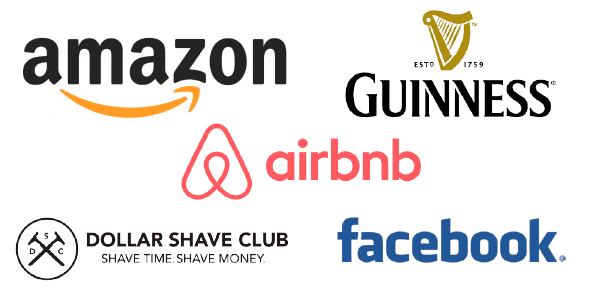
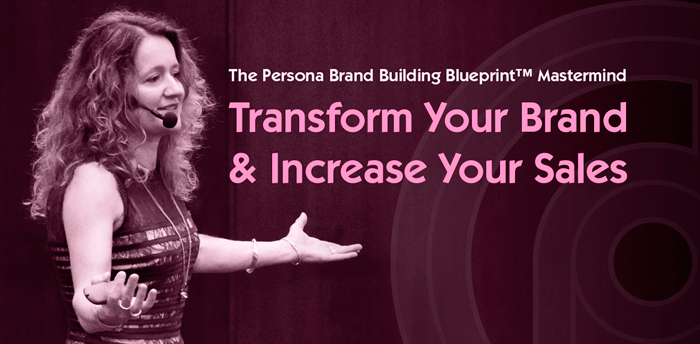




Leave a Reply
Want to join the discussion?Feel free to contribute!